Startup company Kneron Inc. has launched the KL530. Prateek Pardeshi finds out how the next generation auto grade chip standsout.
Vehicles can look forward to attain L1 and L2 level of autonomy in new vehicles as well as through aftermarket solutions from San Diego based full stack edge AI solutions provider Kneron Inc. The startup company has launched the KL530 AI chip, its first chip built on the open source RISC-V instruction set. RISC-V being a free and open source ISA that has brought about a change in processor innovation by way of open standard collaboration. Through it, Kneron Inc has freed the architecture from software and the hardware leveraging the latter’s IP. It’s deemed as a testimony to how entry barriers can be broken in the semiconductor industry working to meet the supply side challenges faced by the automotive industry. Add to it, the KL530, is said to introduce L1 and L2 level of autonomy in factory fitted as well as older vehicles as an aftermarket solution. Here L1 is referred to as, vehicle that features a single automated system for driver assistance, such as cruise control, Adaptive Cruise Control, etc. When the driver monitors the other aspects of driving such as steering and braking, Level 2 (L2) is referred to as Partial Driving Automation, where the vehicle takes over accelerating and braking.
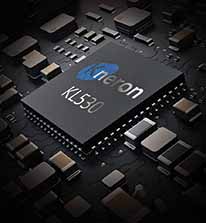 The KL530 builds on its predecessor KL520. It is claimed to offer a 2X Tera Operations Per second per Watt as one of the most energy efficient edge AI chips offered in the market. It offers 10X the performance of KL520 in AI models like Mobilenet and Resnet. While Mobilenet boasts of a streamlined architecture that use depthwise separatable convolutions for light weight neural networks, the Resnet, a residual neural network, is a kind of an artificial neural network that is known to form the backbone of computer vision tasks. Kneron credits the achievement to the use of INT4 data support claimed to reduce processing time by 66 per cent in turn doubling the frame rate. It also reduces boot time by 33 per cent. In addition, it enhances the object recognition capability from three objects at a time to eight items in the same cycle.
The KL530 builds on its predecessor KL520. It is claimed to offer a 2X Tera Operations Per second per Watt as one of the most energy efficient edge AI chips offered in the market. It offers 10X the performance of KL520 in AI models like Mobilenet and Resnet. While Mobilenet boasts of a streamlined architecture that use depthwise separatable convolutions for light weight neural networks, the Resnet, a residual neural network, is a kind of an artificial neural network that is known to form the backbone of computer vision tasks. Kneron credits the achievement to the use of INT4 data support claimed to reduce processing time by 66 per cent in turn doubling the frame rate. It also reduces boot time by 33 per cent. In addition, it enhances the object recognition capability from three objects at a time to eight items in the same cycle.
Edge AI hardware architecture
The Edge AI hardware is claimed to supercede cloud-based AI as it eliminates the to and fro flow of data. The architecture will see the KL530 being offered in two variants. The first of the two variants is known to be designed for the aftermarket. It will help L0 vehicles gain L1 and L2 autonomy. The second variant is an auto grade by design and will be directly built into the vehicles. The hardware is claimed to be lowest on energy consumption among the auto grade chips on the market according to Albert Liu, Founder and Chief Executive Officer, Kneron. Commenting on the L1 and L2 opined Liu, “KL530 is a major leap for low-power, high-efficiency edge AI. L1 and L2 applications will dominate the autonomous driving sector for the next decade, and Kneron is already serving this market through ADAS in Toyota vehicles. KL530 is the central part of that strategy.”
Apart from the RISC-V CPU, the architectures offers an intelligent Image Signalling Processor (ISP) with an integrated AI AEC/AWB control and AI based tuning as a USP. The ISP in turn offers a 1080p image processing capability in High Dynamic Range (HDR). The AI tuning helps optimise images captured for machine learning applications. The 3D recognition aids in blind spot detection, object/hazard recognition and classification, and distance measurement. The chip also features a reconfigurable Neural Processor (NP) with either of CNN, RNN, LSTM or transformer. The support from Int 4 is claimed to offer higher computer efficiency and the transformer network aids the computer accuracy of the chip. The chip boasts of efficienct model and data encryption too. These features are backed by the added advantage of an ultra low consumption of upto 500 mW.
Expected to be a significant contributor to Artificial Intelligence of Things (AIoT), the Kneo, Kneron’s private and secure edge AI network will aid devices in communicating. The devices will be equipped to support each other, and enhance their capabilities. For instance, vehicles will be able to communicate securely with roadside traffic management units. New AI applications are also made available to further enhance their capabilities as add-ons.
Kneron turned attention to autonomy earlier in the year given that the market is is expected to reach a valuation of USD 12 billion by 2026. In January 2021, the company partnered Foxconn wherein Foxconn is known to have invested in the company. The partnership entailed working on Kneron’s implementation of low-power, low-cost AI solutions with a focus on both driver and passenger efficiency. In May 2021, the company announced this intent and backed it up with numerous collaborations. The company partnered with semiconductor company Weltrend wherein the latter invested in the company. Kneron also partnered with human interface solutions provider Elan/Avisonic. To boost its product pipeline the company also partnered camera solutions provider Otus. In this case the latters 360 degree dash cam was equipped with AI by coupling it with Kneron’s KL520. The company further expects the 5G rollout to boost its prospects. 5G is crucial to autonomous vehicles succeeding as they require a consistent high-speed bandwidth to function as intended. Backed by other investors Horizons Ventures, Alibaba Entrepreneurs Fund, Qualcomm, Sequoia Capital, CDIB and Himax Technologies, the company has raised a cumulative funding of USD 100 million. ACI
Also read, Stepping Up The Thai E-Game



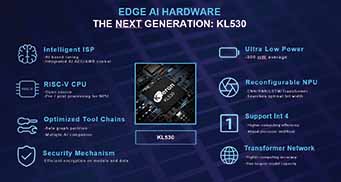




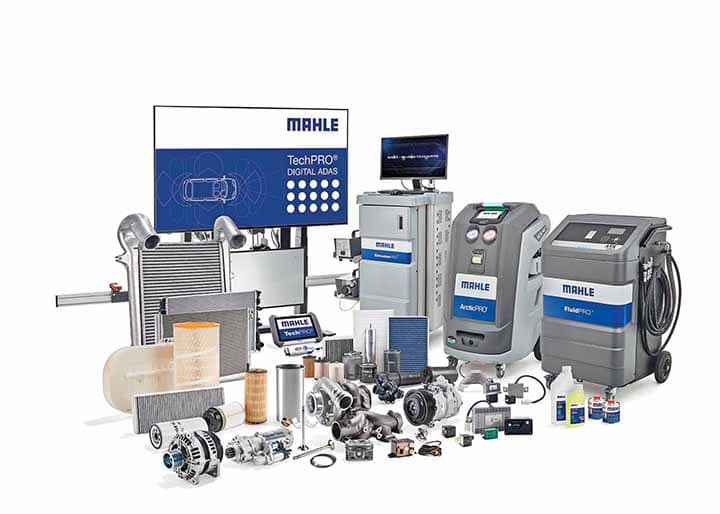


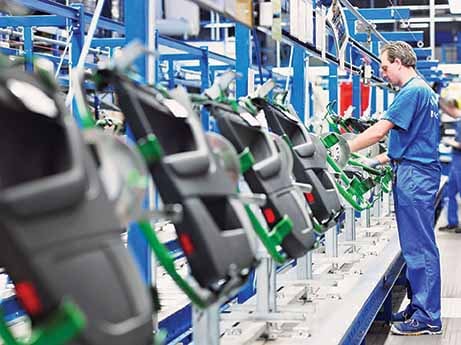
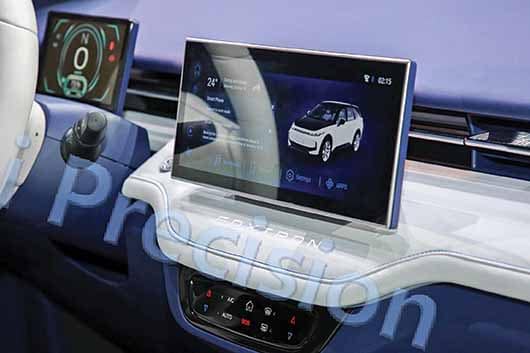


Leave a Reply